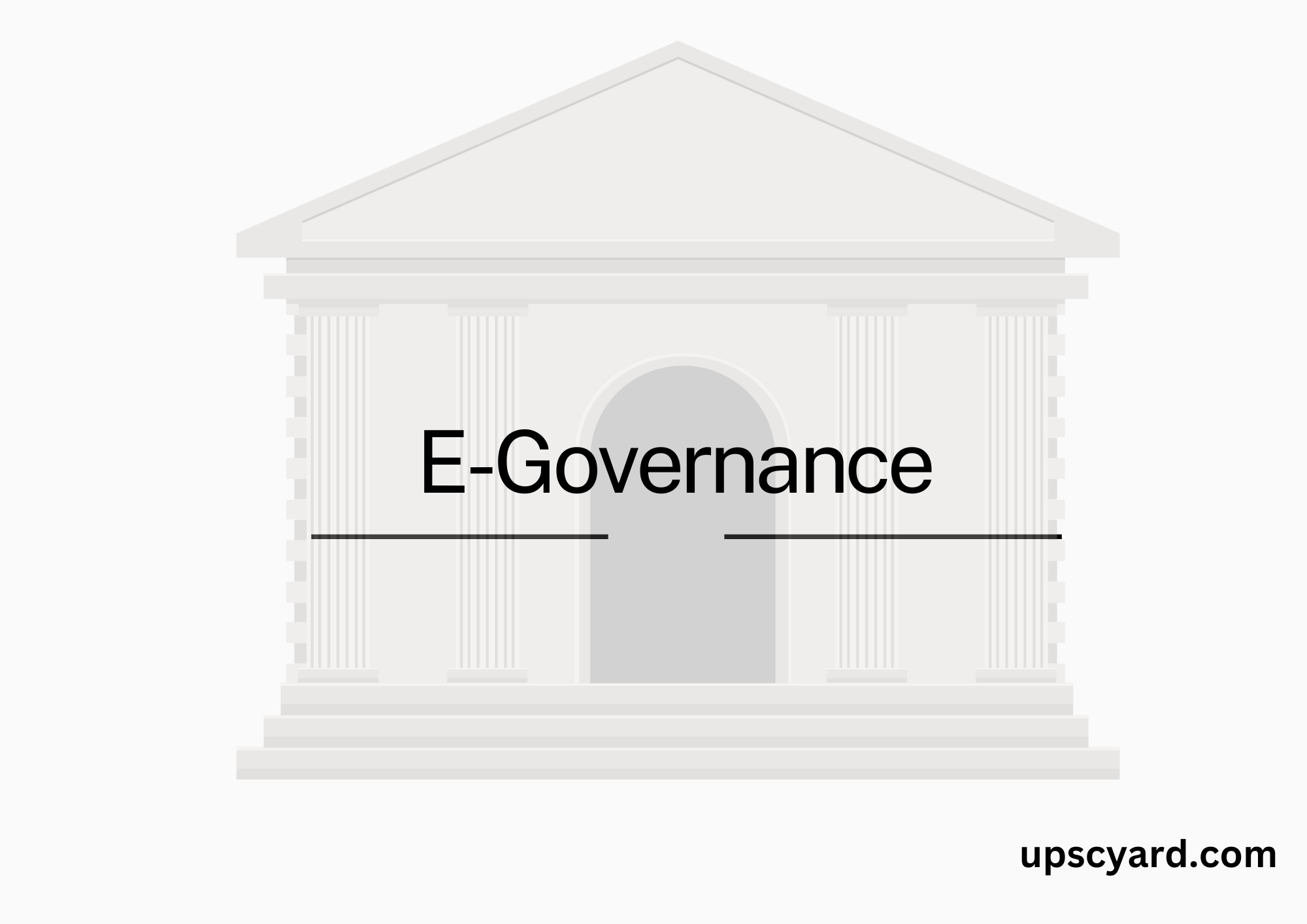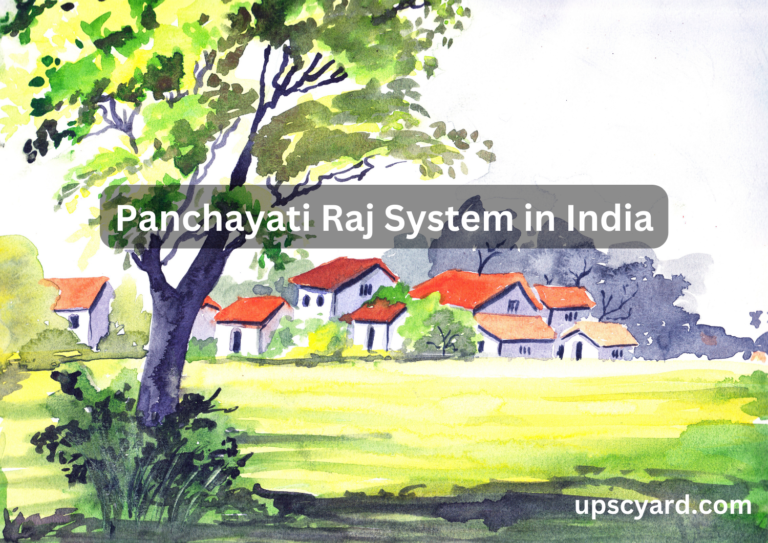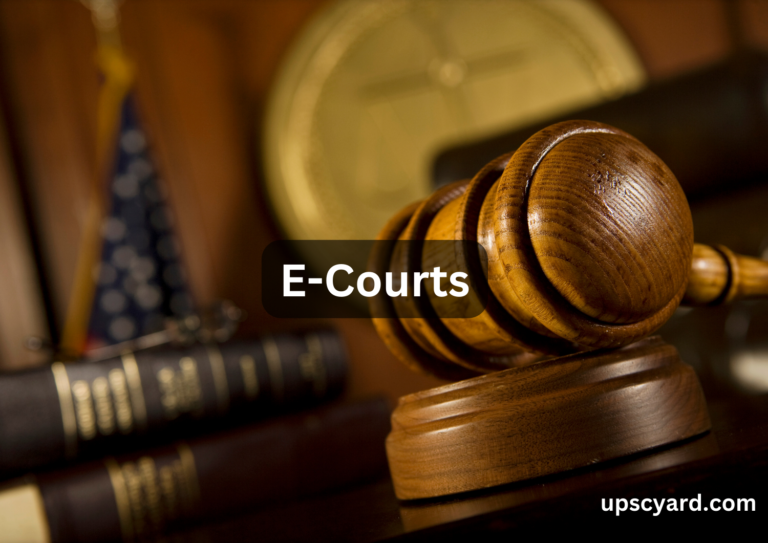E-Governance, or electronic governance, as defined by the 2nd Administrative Reform Commission (ARC) Report, involves the utilization of Information and Communication Technology (ICT) to execute governance duties and achieve governance objectives.
The World Bank characterizes E-Governance as government agencies’ use of information technologies, including Wide Area Networks, the Internet, and mobile computing, to revolutionize their interactions with citizens, businesses, and other governmental entities.
Efficiently implementing E-Governance initiatives can lead to reduced corruption, enhanced accountability, increased convenience, boosted revenue, and cost savings. The primary goal of E-Governance implementation is to elevate performance levels and ensure the efficient delivery of services, all of which can be achieved through the five key attributes of E-Governance, collectively termed “SMART.”
SMART ASPECTS OF E-GOVERNANCE
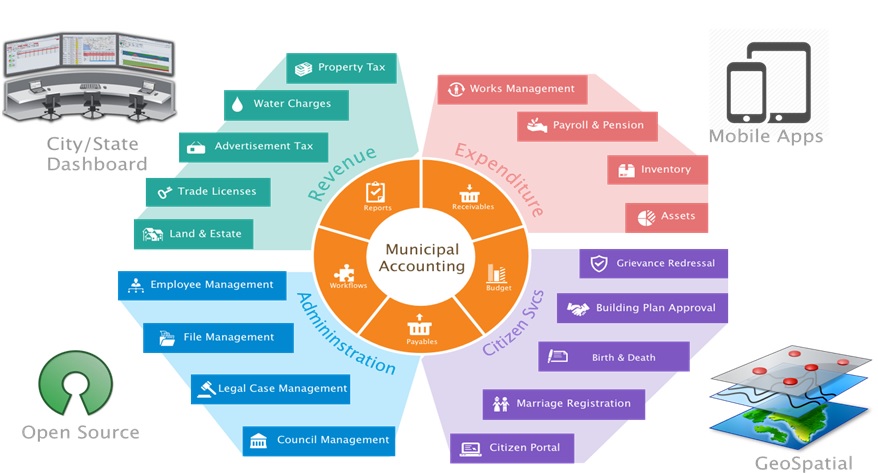
S – Streamlined: Government regulations and processes should be simplified to enhance user-friendliness.
M – Ethical: The presence of anti-corruption and vigilance agencies has fostered moral values among officials.
A – Responsible: Information and Communication Technology (ICT) facilitates the establishment of performance benchmarks and their effective evaluation.
R – Rapid: It ensures efficient service delivery and a government that promptly responds to the needs of its citizens.
T – Open: Previously concealed information is now accessible to the public, promoting fairness and the rule of law within government departments.
Types of Interactions in e-Governance
In the realm of e-governance, interactions are classified into four principal types, distinct from the behind-the-scenes processes and interactions within the government structure:
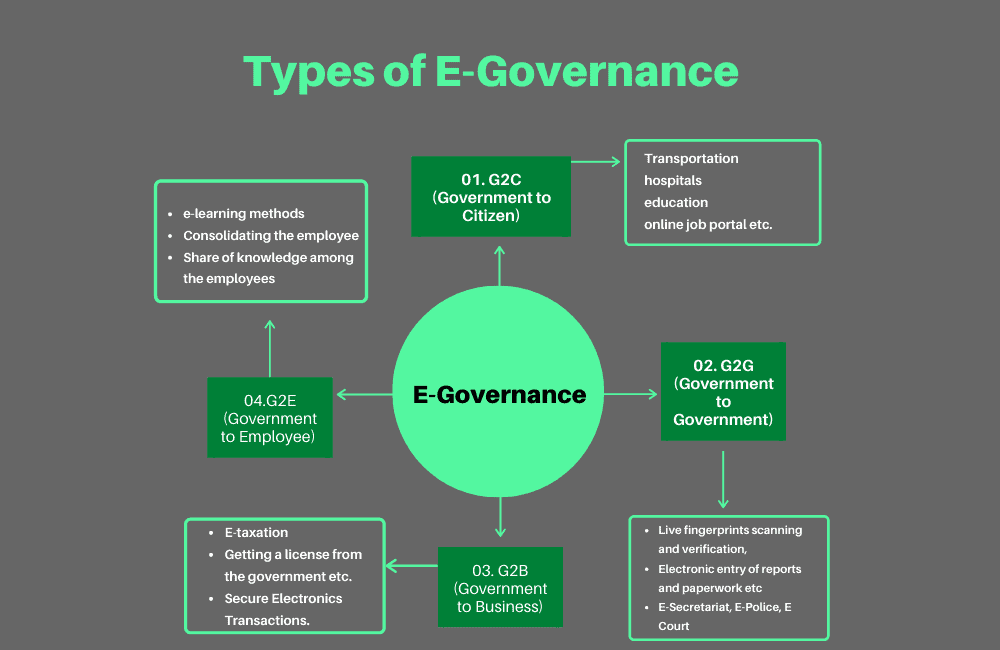
- Government to Government (G2G): This interaction involves the exchange of information within the government itself. It encompasses communication between the central government, state government, and local governments, as well as interactions between different branches within the same government entity.
- Government to Citizen (G2C): G2C interactions provide citizens with a platform to engage with the government and access a wide array of public services offered by governmental authorities.
- Government to Businesses (G2B): G2B interactions facilitate seamless communication between businesses and the government, specifically regarding government services offered to businesses.
- Government to Employees (G2E): This interaction streamlines communication and interaction between the government and its employees, ensuring efficiency and promptness.
Objectives of e-Governance
The key objectives of e-Governance can be summarized as follows:
- Streamlined Governance: E-Governance aims to simplify and support governance processes for the government, citizens, and businesses.
- Transparency and Accountability: It seeks to enhance government administration’s transparency and accountability while effectively addressing society’s needs and expectations through efficient public services and robust interaction channels between citizens, businesses, and the government.
- Corruption Mitigation: E-Governance endeavors to reduce corruption within government operations.
- Swift Service Delivery: It strives to ensure the speedy administration of services and information.
- Business Facilitation: E-Governance alleviates hurdles for businesses, offering immediate information and enabling digital communication through e-business platforms.
Despite its numerous advantages, e-Governance encounters certain challenges:
- Computer Literacy: In India, a significant portion of the population still lacks computer literacy, impeding the effectiveness of e-governance initiatives.
- Digital Divide: Accessibility to the internet and computers remains limited in certain regions of the country, posing a challenge to widespread e-governance adoption.
- Reduced Human Interaction: As e-governance systems become increasingly mechanized, there is a reduction in human interaction, potentially impacting social dynamics.
- Security Concerns: E-Governance introduces the risk of personal data theft and leakage, necessitating robust security measures.
- Administrative Laxity: Service providers may use technical issues as excuses for not delivering services promptly, which can lead to a perception of administrative laxity.
Despite these challenges, e-governance remains a pivotal tool in modernizing governance, enhancing efficiency, and increasing transparency in government operations.
Advancements in e-Governance in India
India has been making significant strides in e-governance, leveraging technology to enhance public service delivery and streamline administrative processes. Here are some key initiatives and their details:
Bhoomi Project (Karnataka): Online Land Records Delivery
- Objective: To computerize land records and provide digital access to farmers.
- Impact: Over 20 million rural land records are accessible online to 6.7 million farmers in Karnataka.
KHAJANE (Karnataka): Automation of Government Treasury System
- Objective: To eliminate deficiencies in manual treasury systems and improve state financial management.
- Impact: Efficient handling of state finances and reduced systemic issues.
e-Seva (Andhra Pradesh)
- Objective: Deliver ‘Government to Citizen’ and ‘e-Business to Citizen’ services online.
- Impact: Online services connecting citizens with government departments, particularly useful for utility bill payments.
- Objective: Enhance judicial services through technology.
- Impact: Improved judicial services with easier access to judgments and electronic filing, reducing physical court visits.
e-District
- Objective: Offer citizen-centric services at the district level.
- Services: Issuance of birth/death certificates, income and caste certificates, pension distribution, and more.
MCA21
- Objective: Provide electronic services to companies registered under the Companies Act.
- Services: Registration, name changes, online fee payments, and more.
e-Office
- Objective: Transition to a “Less Paper Office” for better government efficiency.
- Impact: Reduced paper usage and improved operational efficiency.
E-Prisons Project
- Objective: Digitize India’s prison system for better management and law enforcement.
- Features: Centralized prisoner data, integration with police and court systems, and online grievance resolution.
- Objective: Bridge the digital divide by providing e-filing services and legal assistance.
- Impact: Facilitates access to court-related services and information.
- E-Resource Center (Nyay Kaushal)
- Objective: Enable e-filing and virtual court proceedings.
- Impact: Facilitates digital court proceedings and provides access to e-Courts services.
- e-Samiksha
- Objective: Monitor and follow up on government decisions regarding critical programs and projects.
- Impact: Improved transparency and accountability in government initiatives.
- E-DAAKHIL Portal
- Objective: Empower consumers to file complaints online and track their progress.
- Features: Online complaint filing, fee payment, and proactive follow-up.
- National Consumer Dispute Redressal Commission
- Objective: Protect consumer interests through a three-tier quasi-judicial mechanism.
- Impact: Provides a mechanism for consumers to redress grievances efficiently.
These initiatives collectively represent India’s commitment to leveraging technology for efficient governance and improved public services.
National Conference on e-Governance
The annual National Conference on e-Governance, organized collaboratively by the Department of Administrative Reforms and Public Grievances (DARPG), the Department of Information Technology, and a state government partner, serves as a pivotal event in the realm of digital governance.
Purpose:
This conference offers a vital platform for high-ranking government officials, including IT Secretaries from state governments, to convene, exchange insights, and share experiences regarding various e-governance initiatives.
Recognition of Excellence:
A highlight of this event is the recognition and endorsement of outstanding e-governance endeavors executed by government organizations and institutions. These accolades celebrate exemplary implementations of e-governance solutions.
Highlights of the 23rd National Conference on e-Governance (2020):
- Theme: The conference was themed “India 2020: Digital Transformation” and encompassed six sub-themes, including Digital Platforms and Digital Economy, Improving Service Delivery, Building Digital Trust, Digital Payments and Fintech, National e-governance Service Delivery Assessment (NeSDA) and Digital Service Standards (DSS), and Skilling and Capacity Building.
- Mumbai Declaration: The conference adopted the Mumbai Declaration on e-governance, outlining a ten-fold vision for the digital transformation of governance.
- Blockchain Sandbox: During the conference, the Blockchain Sandbox and Draft Sandbox Policy for Maharashtra were launched, marking Maharashtra as the pioneering state in India with a dedicated Fintech policy.
Award-Winning Projects (NAeG 2020):
- Gold Award for Excellence in Government Process Re-engineering for Digital Transformation: Ayushman Bharat Pradhan Mantri Jan Arogya Yojana.
- Gold Award for Excellence in Providing Citizen-Centric Delivery: Antyodaya Saral Haryana.
- Gold Award for Excellence in District-level Initiative in e-Governance:
- District Adhoc Wireless Surveillance Communication System using Drone Technology (North Eastern+Hilly States).
- SAKOON (Jammu Kashmir).
- WeDeserve – Right Assistance to the Right Person at the Right Time (Kerala).
- Gold Award for Outstanding Research on Citizen-Centric Services by Academic/Research Institutions: Satellite-Based Agriculture Information System: An Efficient Application of ICT.
- Gold Award for Innovative Use of ICT in e-Governance Solutions by Startups: Providing Farm-Scale Data from Multi-satellite (Karnataka).
- Gold Award for Excellence in Adopting Emerging Technologies: T-Chits (Telangana).
These awards showcase and celebrate the innovative and impactful strides made in the realm of e-governance across India.

